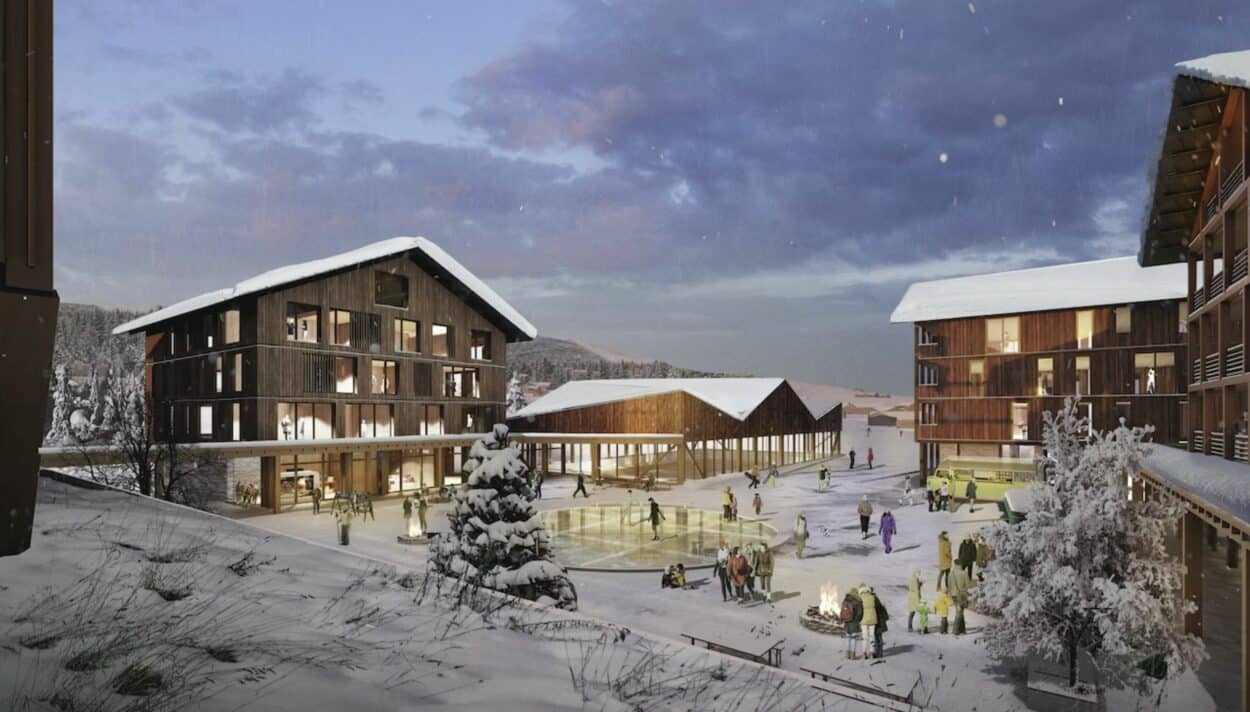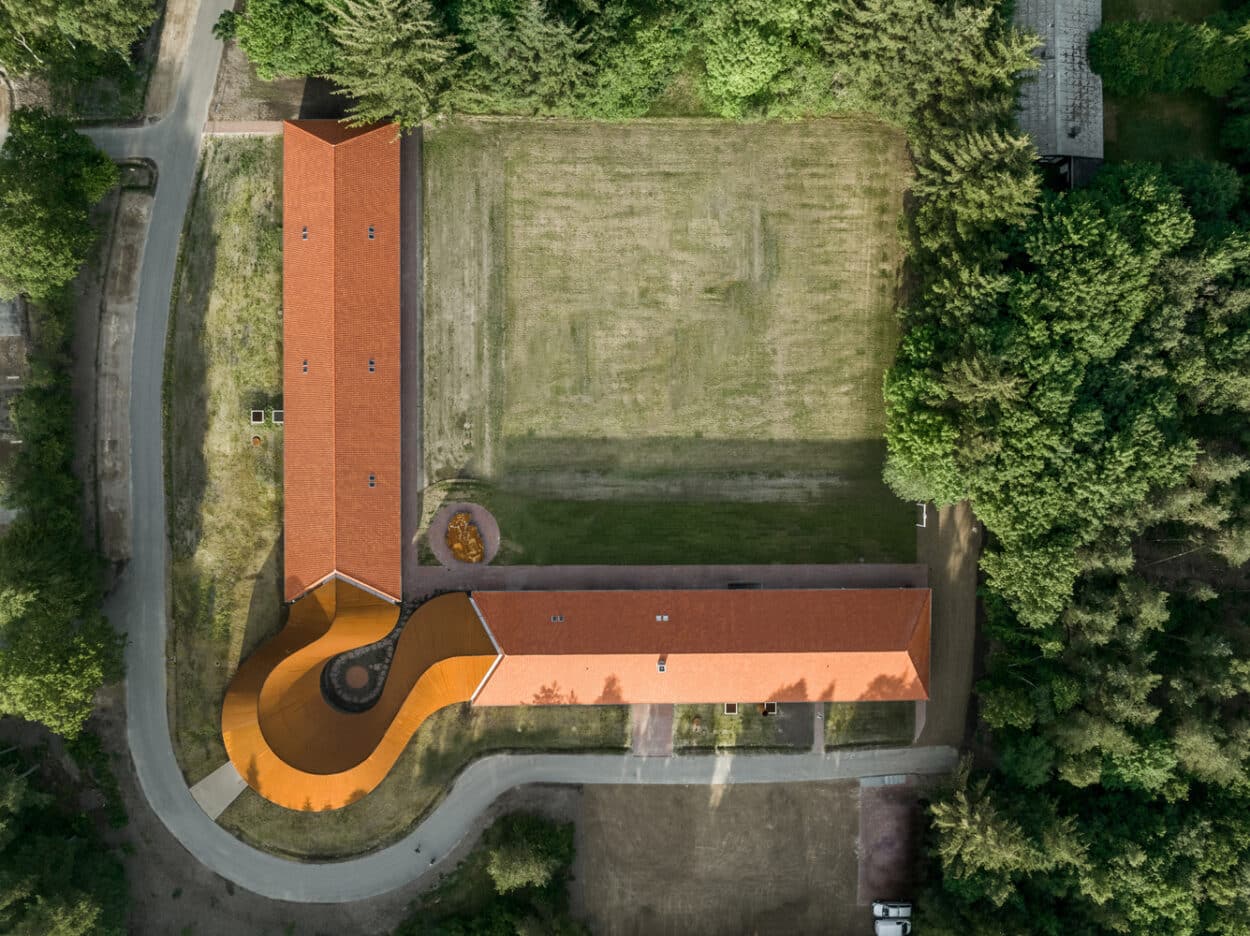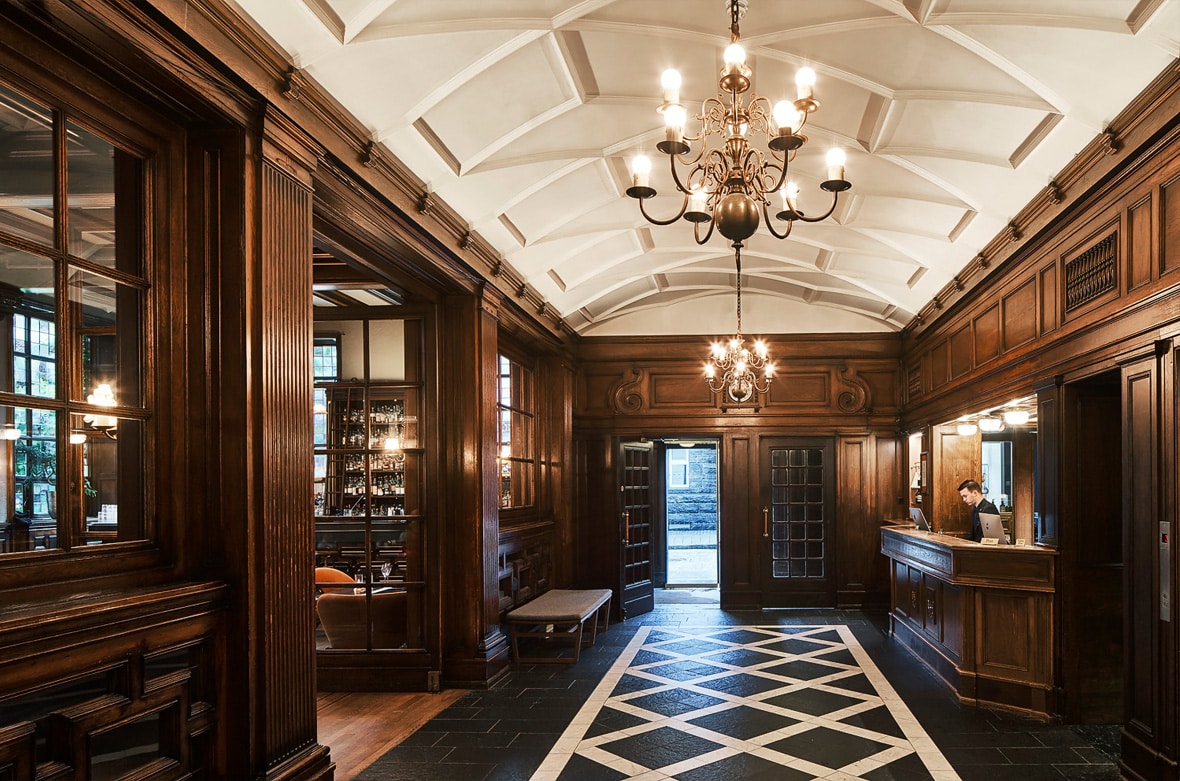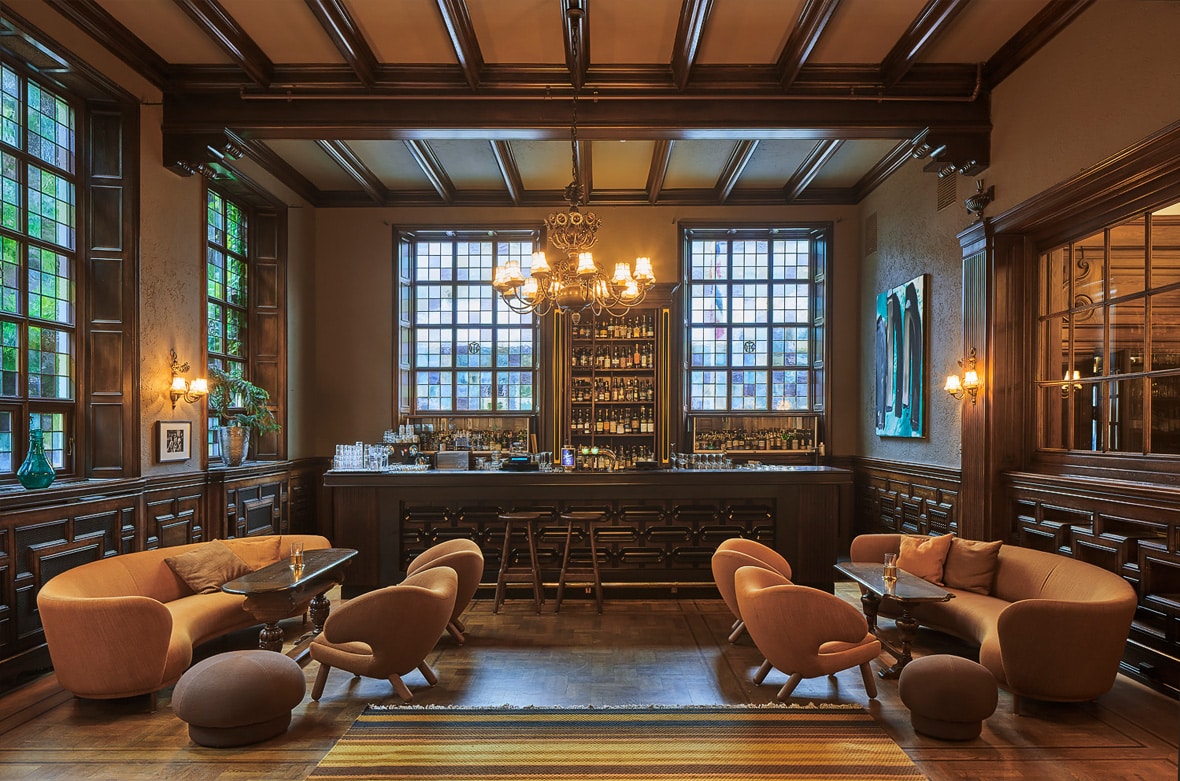Since the 20th century, Scandinavian architecture, marked by a profound connection with nature, converges with contemporary excellence through renowned firms we’ll feature.
The evolution of Scandinavian architecture is a relatively recent phenomenon, emerging predominantly in the 20th century. Before this era, dwellings in the region were often constructed under challenging conditions, amidst rugged terrains and with access to limited resources. A notable early example is the tradition of turf houses in Iceland, characterized by their distinctive green roofs offering affordable and environmentally sustainable insulation.
This early architectural practice underscores a longstanding commitment to sustainability and a connection with the natural landscape—defining Scandinavian architecture before this ethos was formally recognized. No wonder present-day Nordic firms have a seamless way of integrating sustainable strategies into their mindset and work ethic.
A firm that needs no introduction, the Danish Bjarke Ingels Group (BIG) declares that architects today are guided not by the Golden Ratio, but by the United Nations’ 17 Sustainable Development Goals, advocating for a multidimensional approach with countless variables.
A Norwegian Illustration of Sustainable Practices by Nordic Office
The Nordic Office of Architecture embodies this philosophy and Scandinavian sustainability principles in their Hafjell 950 project—a forthcoming recreation and activity destination in Øyer. Utilizing local resources and integrating existing structures, this development minimizes its impact on pristine nature, featuring apartment buildings surrounding a hotel courtyard, reminiscent of a quaint mountain village.
In line with its sustainability ethos, its latest project in Bergen, Norway, a music theater and concert hall, exemplifies its commitment to seamless integration with the environment. Designed near the iconic Grieg Hall by Danish architect Knud Munk, the venue’s height reduction ensures harmony with the landscape. Inspired by Nina Hagerup, a soprano linked to Edvard Grieg, the design incorporates homage elements. Sustainability measures include low-carbon concrete, high steel recycling rates, and repurposed granite. Additionally, a smaller pavilion serves operational logistics and as a butterfly habitat.



Adding “Heart” to the Clean Lines of Nordic Architecture with BIG
The 1930 Stockholm Exhibition marked the inception of the Scandinavian architectural movement, introducing Functionalism—an ideology extending beyond mere functionality—to prioritize the human condition and environmental harmony, exemplified by landmarks like the Paimio Sanatorium in Finland, renowned for its innovative approach to maximizing patient well-being and now a symbol of architectural and design innovation in the region. Scandinavian architecture, akin to its renowned furniture style, embodies sleek shapes, clean lines, and a minimalist color palette, distinguishing itself by balancing functionality with aesthetic appeal, showcasing a mastery of form and subtlety in design.
A prime model of associating human condition and environmental peace is the sleek-looking FLUGT project, completed by BIG in 2022. The Refugee Museum of Denmark at the historic site of the country’s largest World War II refugee camp in Oksbøl, is the new international museum for refugee stories. More recently, the firm earned the DGBN Gold and Heart Certification for its design of Dymak’s new headquarters, scheduled to be completed in 2025.
The 2,800-square-meter building is designed to be constructed with cross-laminated timber and features an undulating roof covered in PVC. The building’s exterior will maximize sunlight and provide a comfortable indoor environment. Incidentally, optimizing light is another major feature of Scandinavian architecture as the region faces long and dark winters. Thus, light-enhancing elements such as skylights and glassed roofs and walls are important. The light-neutral palette abundant in Scandinavian architecture connects to this need to optimize the capture and reflection of light.


Claesson Koivisto Rune: Masters of Scandinavian Color and Comfort
In Boden, Sweden, a private house by the Swedish firm Claesson Koivisto Rune, nominated for the Rödfärgspriset 2022, showcases the Scandinavian approach to color with imaginative use while adhering to strict zoning regulations near the Arctic Circle, stipulating that houses in that area cannot be higher than 4.2 meters and should have red roofs. To emphasize the building’s sculptural qualities, Claesson Koivisto Rune finished the whole house in red paint. Embracing the concept of “hygge,” the house exudes coziness through natural textures and colors, alongside efficient heating techniques.
Similarly, Claesson Koivisto Rune renovated Bergen, Norway’s Grand Hotel Terminus in 2019, infusing amber accents inspired by Bar Amudsen’s whisky theme and pale green hues in guest rooms echoing the facade, creating a harmonious blend of modernity and heritage. The bar was named after the famous Norwegian explorer Roald Amundsen, who spent his last evening there before disappearing on an Arctic rescue mission in 1928.


















